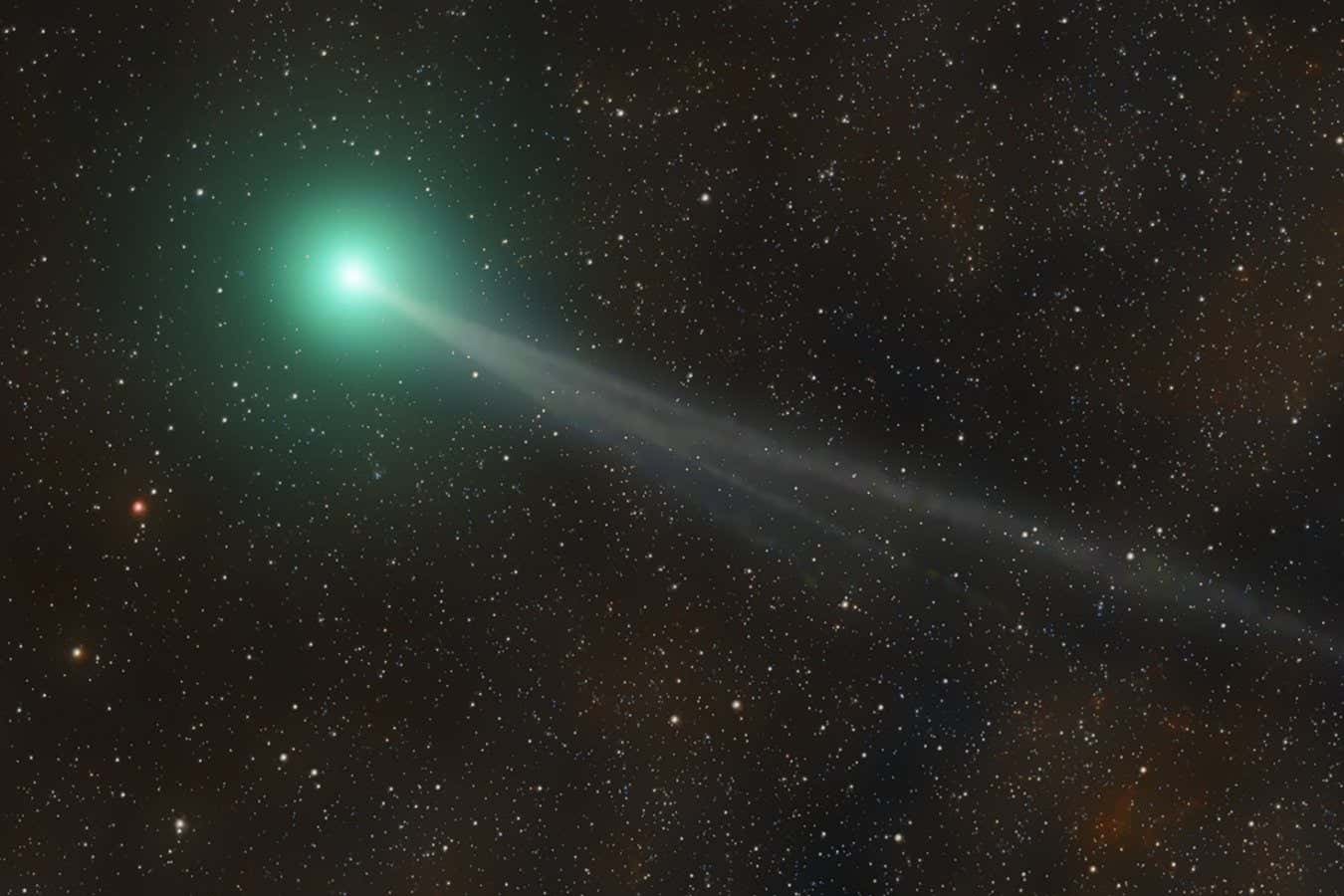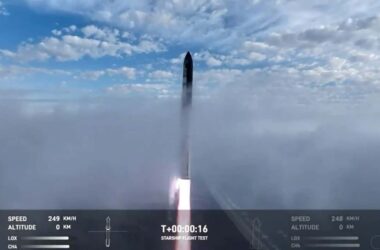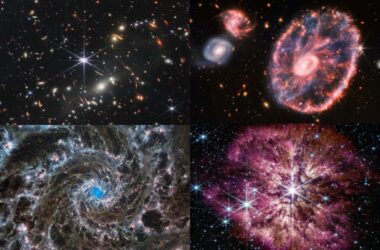Comet Nishimura photographed from Spain on 12 August
Javier Zayas Photography/Getty Images
This week, observers in the northern hemisphere have the chance to spot a comet, its green tail glowing early in the morning as it approaches the sun. Comet Nishimura, or C/2023 P1, won’t be visible from the southern hemisphere until late October.
When should I look for the comet?
Comet Nishimura will be visible in the mornings before sunrise until 17 September, when it will pass closest to the sun. The best time to look is early in the morning, but it will get harder to see later in the week as it gets closer to the sun. After 17 September, if the comet survives passing close to the sun, it will be trickier to see in the northern hemisphere but might be visible from the southern hemisphere.
How do I spot the comet?
Look to the north-east around an hour before sunrise and the comet should be low in the sky, in the constellation Leo. Use a stargazing app to work out exactly where it is from your location.
If you can’t spot the comet without a visual aid, try looking with binoculars, through which you should be able to make out the shape of the comet’s tail. If you are looking with your naked eyes, it might just resemble a fuzzy blob. The predictions are that it may just make naked eye visibility, but would be better seen with binoculars, says Don Pollacco at the University of Warwick, UK. With comets, you just never know.
Is comet Nishimura rare?
Comet Nishimura was discovered just a month ago by amateur astronomer Hideo Nishimura. This makes it quite rare – we usually have more warning between finding a comet and it becoming most visible in our skies.
Generally, though, comets visible to the naked eye aren’t especially rare; another green comet passed by Earth earlier this year. But this particular one takes 437 years to orbit the sun, so it won’t be back until the 25th century.
Why is Nishimura green?
The comet appears green because its coma, the gas surrounding the nucleus, contains a relatively rare kind of carbon gas called diatomic carbon, which consists of two carbon atoms bound together.
What is a comet?
Comets are balls of ice and rock that orbit the sun from the Oort cloud, a region of the outer solar system. When they approach the sun, their ice turns to gas and flows off them like a tail. We can sometimes see this from Earth, but it is tricky to predict how easy that will be.
Topics:








